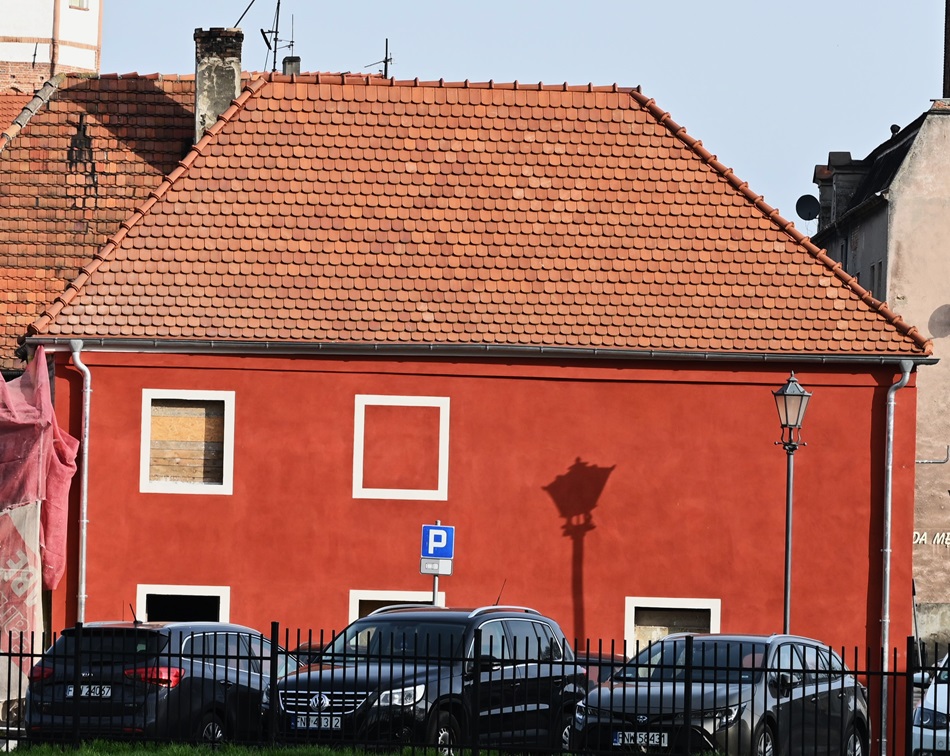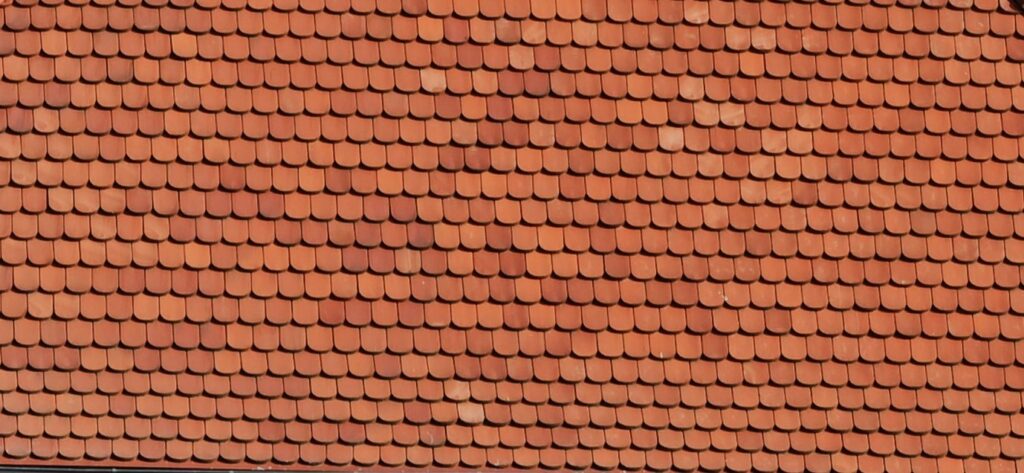
It is necessary to obtain the consent of the relevant institutions (including a building permit with a work plan approved by the Monuments Office) and the consent and supervision of the local monument conservator before submitting an application for a building permit.
This often applies regardless of whether the building itself is listed on the Register of Monuments or whether it is just the architectural design of a street, for example. When renovating a listed house, the preservationist usually requires that the external appearance of the building, including the facade and roof, be preserved. He also influences the selection of the renovation team (at least 2 years of experience in monument restoration), as well as the choice of building materials used for the work. Of course, it would be ideal to use period materials, but this solution is often not feasible. Therefore, materials for the renovation of a listed building should be selected so that they are durable, high quality and stylistically best suited to the respective era.



And what do you need to know about roof renovation in a listed house? Here is some information:
Check the local development plan: Check whether there are any specifications for the urban appearance of the area, such as roof shapes or colors.
Condition of the existing roof structure: Ensure that the existing roof structure is in good condition. If parts need to be replaced, they should be done in accordance with historic construction techniques.
Thermal insulation of the roof: Although no external changes are made, the installation of thermal insulation usually also requires the consent of the preservationist.
The replacement of roof tiles is also subject to strict requirements. If the replacement of the roof covering has not been approved by the monument authority (e.g. if it was not planned), the local monument conservator will not allow the work.